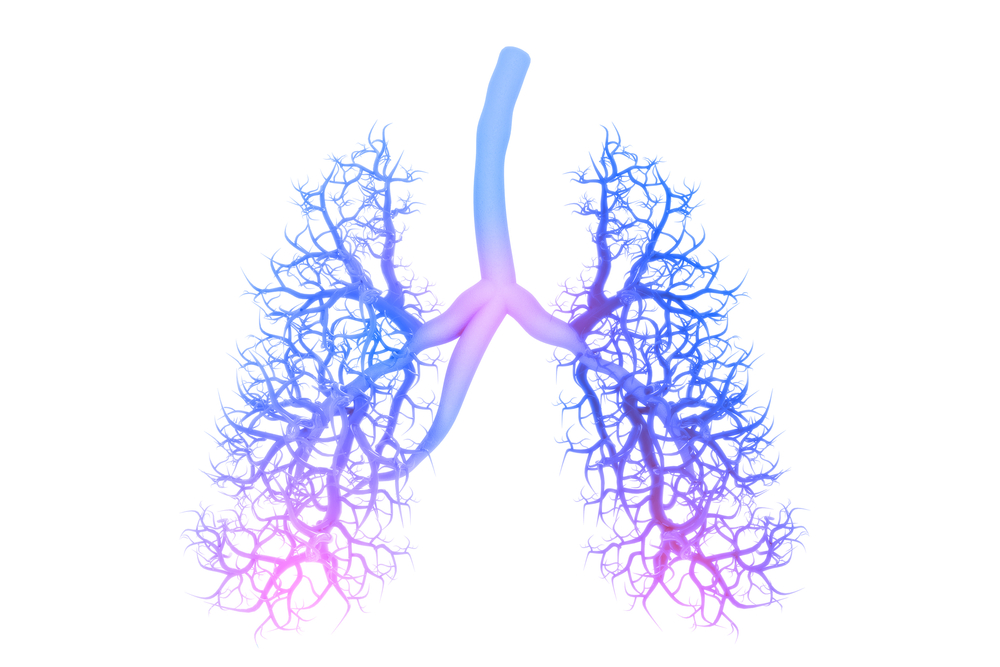Study Examines Success of Noninvasive Ventilation in COPD After Acute Exacerbation
Written by |

A study has found that fast response to noninvasive ventilation (NIV) following acute exacerbation in people with chronic obstructive pulmonary disease (COPD) is associated with NIV success and significantly lower in-hospital mortality.
Identified risk factors for failure after the first 48 hours of NIV treatment included a higher heart rate, lower oxygenation of the blood, respiratory acidosis, the patient’s level of consciousness, and in-hospital pneumonia infection.
The authors suggested that early transfer to mechanical ventilation for those who fail to respond to NIV within 24 hours may reduce mortality.
The study, “Risk Factors Associated with Late Failure of Noninvasive Ventilation in Patients with Chronic Obstructive Pulmonary Disease,” was published in the Canadian Respiratory Journal.
People with COPD commonly experience acute exacerbations — a sudden worsening of symptoms that may persist for several days.
Exacerbations can be managed by NIV — breathing support administered through a face or nasal mask — which helps reduce respiratory rate and keeps oxygen and carbon dioxide (CO2) levels stable.
Despite benefits from NIV, after an initial period of effectiveness, some patients fail to respond to the treatment.
The reasons for early failure, within 48 hours of NIV, have been well-studied. However, only a few small studies have investigated the reasons for late failure, leading to invasive intubation and mechanical ventilation, or death. Factors identified so far include poor sleep, mental confusion (delirium), metabolic complications, and functional limitations.
An additional three patients met the criteria for intubation, but did not benefit and died during NIV.
In total, 48 (16%) of patients experienced late NIV failure after initial success.
Patients who were successfully treated with NIV were younger than those who experienced late failure (71 vs. 76 years). A lower proportion of younger patients developed hospital-acquired pneumonia (0.8% vs. 14.6%) and had lower APACHE II scores — a measure of disease severity based on routine physiological measurements including blood tests, temperature, and arterial pressure, heart and respiratory rates.
Before NIV, there were no differences in respiratory rate, blood pH, and oxygen levels between patients with NIV success and late failure. However, participants with NIV success, compared to late NIV failures, had lower respiratory rate (23 vs. 25 breaths/min), higher pH (7.34 vs. 7.31), and higher oxygenation (221 vs. 183 mmHg) after one to two hours of NIV.
Regardless of initial factors collected at NIV initiation, respiratory rates, heart rates, blood pH, and PaCO2 after one to two hours of NIV significantly improved in both groups, with faster clinical improvement seen in the NIV success group than in the late-failure NIV group.
The slower response in the late failure group may be “the reason for initial improvement but later failed,” the researchers wrote.
Statistical analysis to find independent risk factors for late failure of NIV identified as risk factors: hospital-acquired pneumonia; higher heart rate at NIV initiation; and pH decrease at one to two hours of NIV.
In turn, an increase in PaCO2 and an increase in the Glasgow coma scale, which describes a patient’s level of consciousness, were identified as protective factors for late failure of NIV.
There were no differences in NIV treatment duration and overall length of hospital stay between the NIV success and late failure groups. In contrast, patients with NIV success had a significantly shorter length of stay in the intensive care unit (median 6.6 vs. 9.5 days) and lower in-hospital mortality (3% vs. 92%).
According to the results, the risk factors for late NIV failure after 48 hours of treatment in COPD patients with acute exacerbation were the occurrence of in-hospital pneumonia, high heart rate before NIV, the presence of acidosis, the level of consciousness, and inefficient blood oxygenation after one to two hours of NIV.
“In addition, late failure of NIV was associated with increased hospital mortality,” the researchers wrote. “Therefore, early intubation [within 24 hours of NIV] is an alternative to reduce mortality.”




